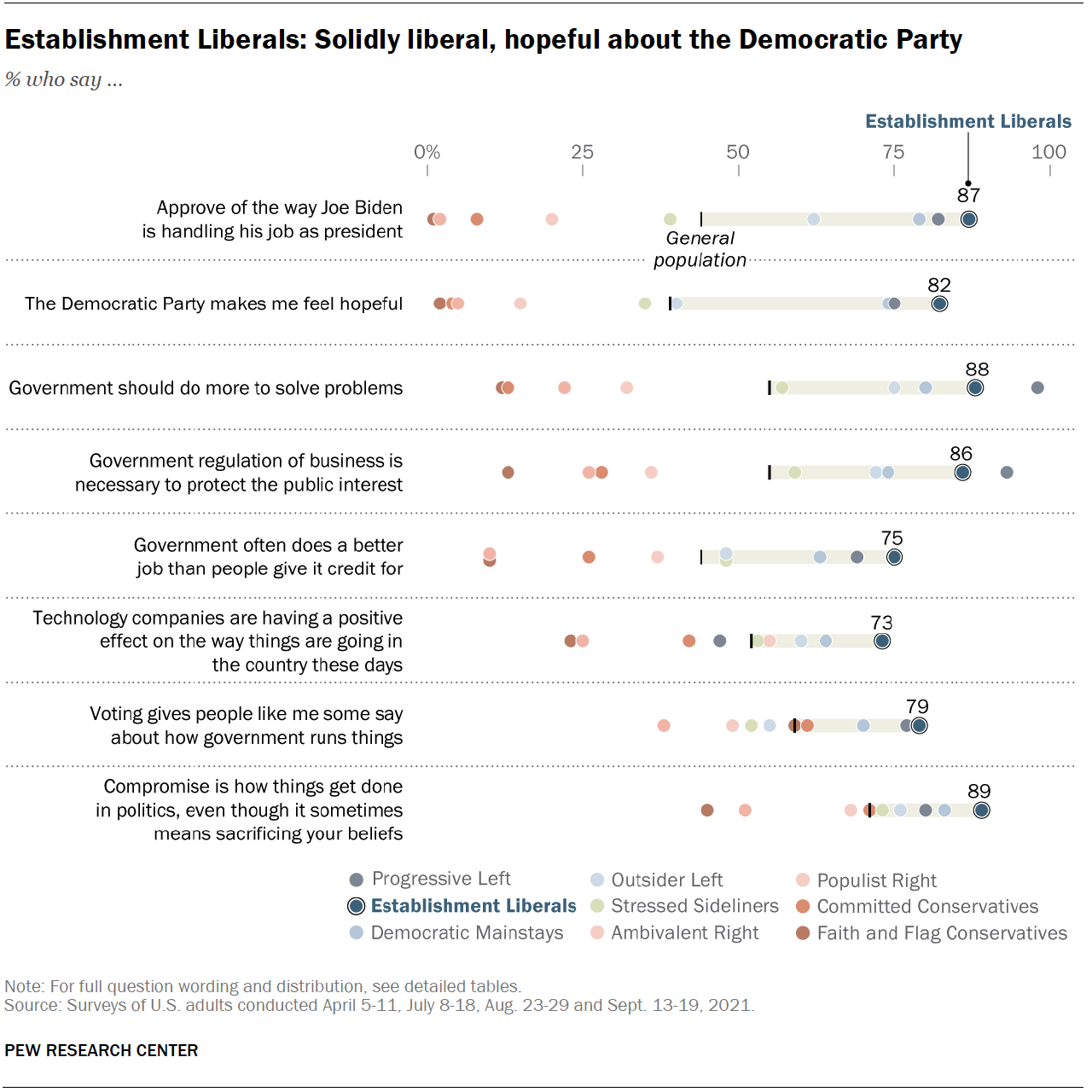

In the first half of the 20th century, both major American parties had a conservative and a liberal wing. Major examples include Theodore Roosevelt's Square Deal and New Nationalism, Woodrow Wilson's New Freedom, Franklin D. This form of liberalism took shape in the 20th century United States as the franchise and other civil rights were extended to a larger class of citizens. Economically, modern liberalism opposes cuts to the social safety net and supports a role for government in reducing inequality, providing education, ensuring access to healthcare, regulating economic activity and protecting the natural environment.

It combines ideas of civil liberty and equality with support for social justice and a regulated market economy.

Modern liberalism in the United States (often simply referred to in the United States as liberalism) is the dominant version of liberalism in the United States.


 0 kommentar(er)
0 kommentar(er)
